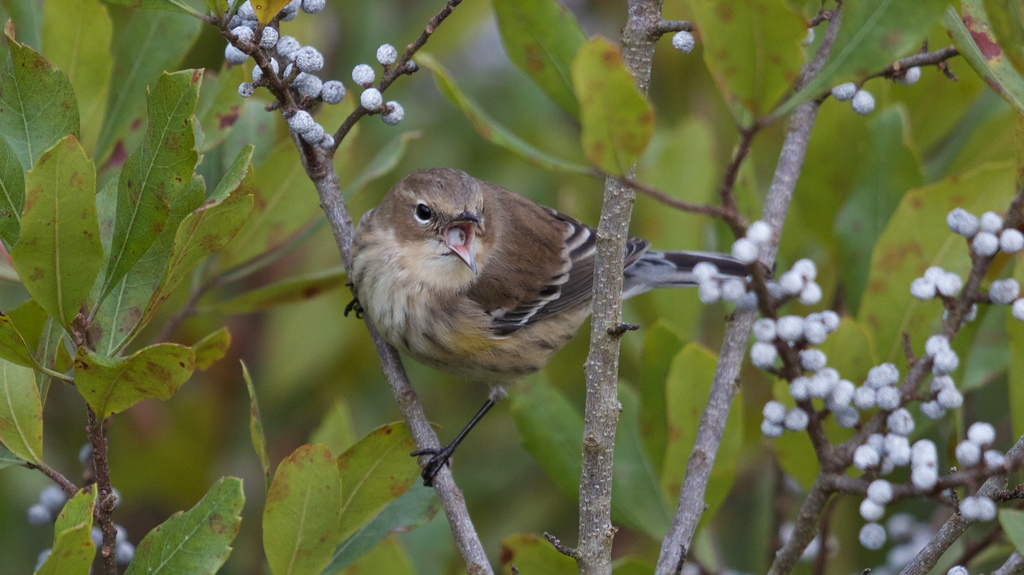Ecological Landscaping
Our approach to landscaping recognizes that we are part of nature, which requires a deep knowledge of plants, patience and understanding that transforming a landscape is a process.
The choices we make as gardeners can profoundly impact the diversity of life in our yards and communities. Homeowners everywhere can turn their yards into conservation corridors that provide wildlife habitat.
For $120/hour, landscape designers, Brian Bryson or Seth Dunaway, will consult with you at your home. They will give advice and draw to- scale drawings you can implement on your own. If you’d like to consider having us install your new landscape for you, they will provide a free estimate of the cost.
Landscape design will save you money, work and time in the long run. Receiving expert advice will help you spend your money on the right plant for the right place right from the beginning, avoiding the cost of replacing dead plants. It will also save you labor, time and trouble caused by putting ten foot plants in four foot spaces.
Why native plants?
Providing a sustainable habitat for wildlife begins with your plants. When you plant the native plant species that wildlife depend on, you create habitat and begin to restore your local environment. Native plants, when planted in the proper place, are well adapted to our climate and soils and they have long established ecological relationships with native insects. The insects then provide abundant food for birds, spiders, lizards and on up the food web.
Adding water sources, nesting boxes and other habitat features enhances the habitat value of your garden to wildlife. By choosing natural gardening practices, you make your yard a safe place for wildlife.
We also recommend carefully selected non-native plants, as long as the are non-invasive and fulfill certain functions.
Take a moment to watch this video of Douglas Tallamy on bringing nature home to your backyard with native plants.
You can make a difference. You can invite wildlife back to your own yard and neighborhood by planting a simple garden that provides habitat. Imagine your garden filled with singing songbirds, colorful butterflies, flitting hummingbirds, and other small wildlife.
Find more information on gardening for wildlife by clicking on the photos below.
Grace Miller's Thoughts on Native Plantings for Wildlife
This is a letter from customer, friend and former employee Grace Miller to Donna on 6/20/16. It was written after reading a garden section from Tallahassee Democrat (June 17, 2015) which included 2 articles by Donna "Bring on the Birds: Native shrubs harbor bugs that provide primo protein for our feathered friends" and "Make a Splash with a Well-placed Birdbath". It also included an article entitled, "Coastal properties offer haven for birds" by Sheftall and Lovestrand.



